Handmade Woven Baskets and Trays
Handmade Woven Baskets and Trays
By Marwa Abou Khalil
In Home Decor & Furniture
Couldn't load pickup availability
Stock level: 1 left
Weaving as a meditation
2asheh Laffeh is a hub of tradition and creativity. Aiming to preserve and pass on our ancestors’ rich craft of basketry.
I like to focus on the practical and artistic aspects of basket weaving, working with fibers like banana leaves, palm fronds, pine needles, olive, willow twigs, and more.
Basket-weaving is my way of expressing my commitment to sustainable, local art forms. This ongoing exploration has opened my eyes to new possibilities and different materials and styles in basketry.
Each material brought its own character and story into the basket. When I worked with pine needles, for instance, their fragility and delicacy required patience. Soaking them in water to make them pliable, I would inhale the subtle scent of pine resin, which always lingered on my fingers. The process was fine and intricate.
On the other hand, weaving with Spanish broom was an entirely different experience. The strands are strong, thick, and fragrant, carrying a fresh, grassy aroma. This material demands more strength—pulling and tugging to shape it into form. Then there’s palm and banana fibers, with their unique flexibility and earthy tones.
Every material had its own rhythm, its own smell, its own way of being worked. Weaving became a rich sensory experience for me. It motivates me to know more about my environment, to adapt, to listen to what each fiber needs, and to embrace the beauty of how different strengths and vulnerabilities come together to create something whole and beautiful.
Baskets have their own identity, passed down from generation to generation. Each region had its own plants, weaving patterns, and colors. For example, in our region, they made baskets mainly from wheat straws and palm leaves, and in Palestine, baskets made with olive branches were also popular. These baskets carried our medicines, our vegetables, and more—helping communities grow and bringing people together. Reflecting this tradition, I found myself opening my home to teach this enduring craft. Together, we made our own baskets, felt the earth in our hands, and took that connection home.
Over time I’ve come to appreciate the role of baskets as a form of artistic expression, particularly for women. For centuries, decorating our homes with basketry was a way to express individuality, creativity, and care. These weren’t just functional items; they were the fine art of a different time. They spoke of the hands that created them, and their personal tastes. it was a language. Women wove their stories, their emotions, and their identities into the baskets even without leaving a signature or a name on.
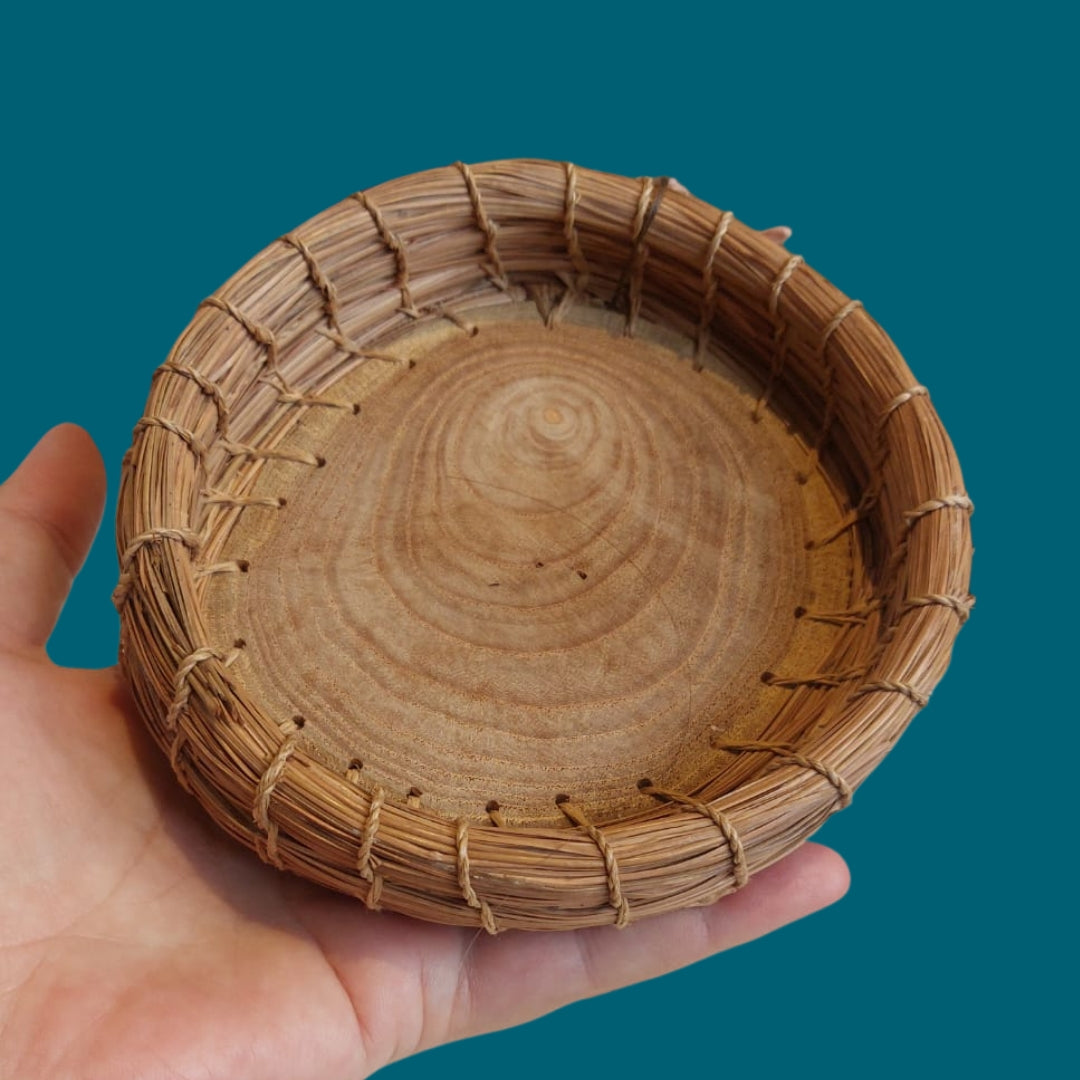
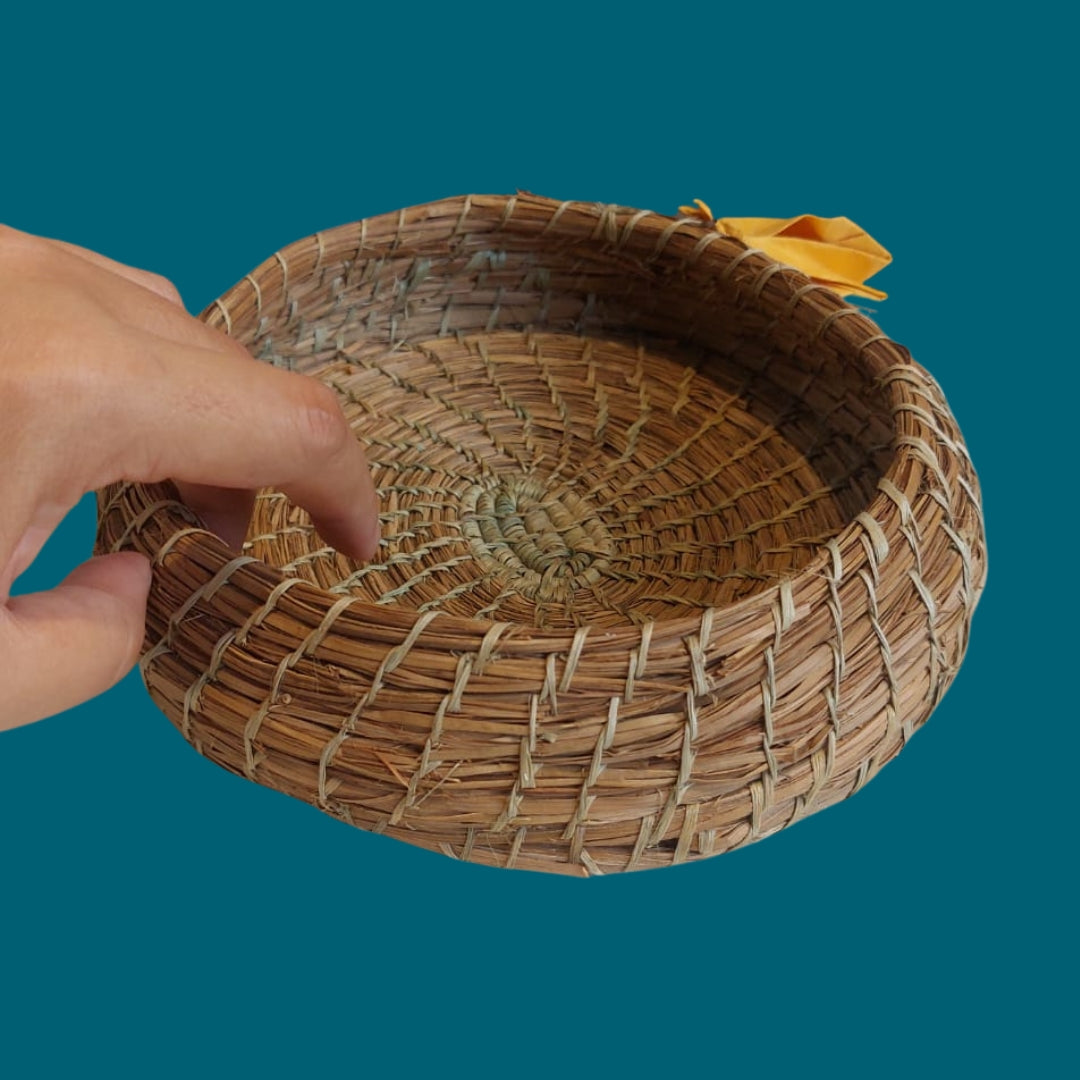
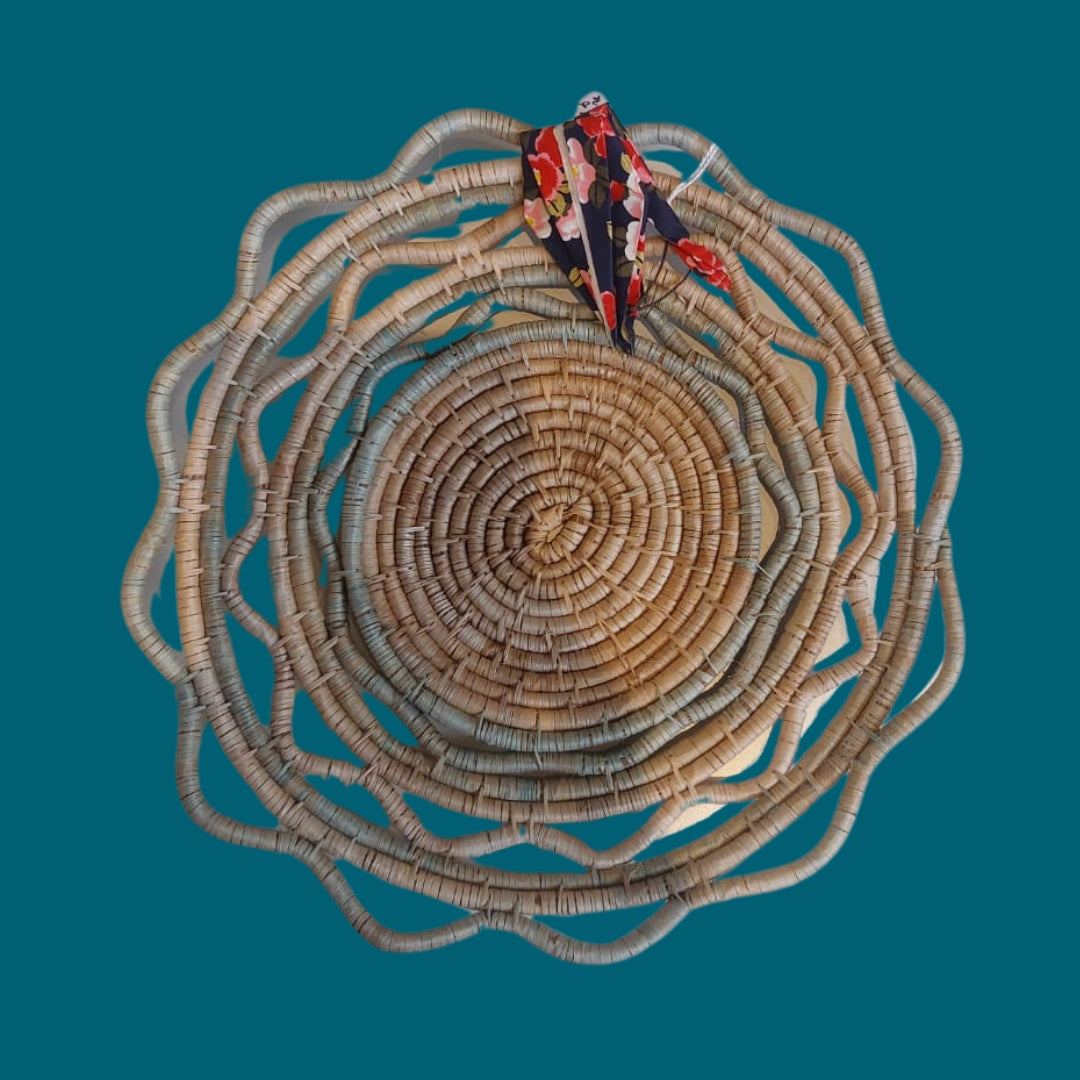
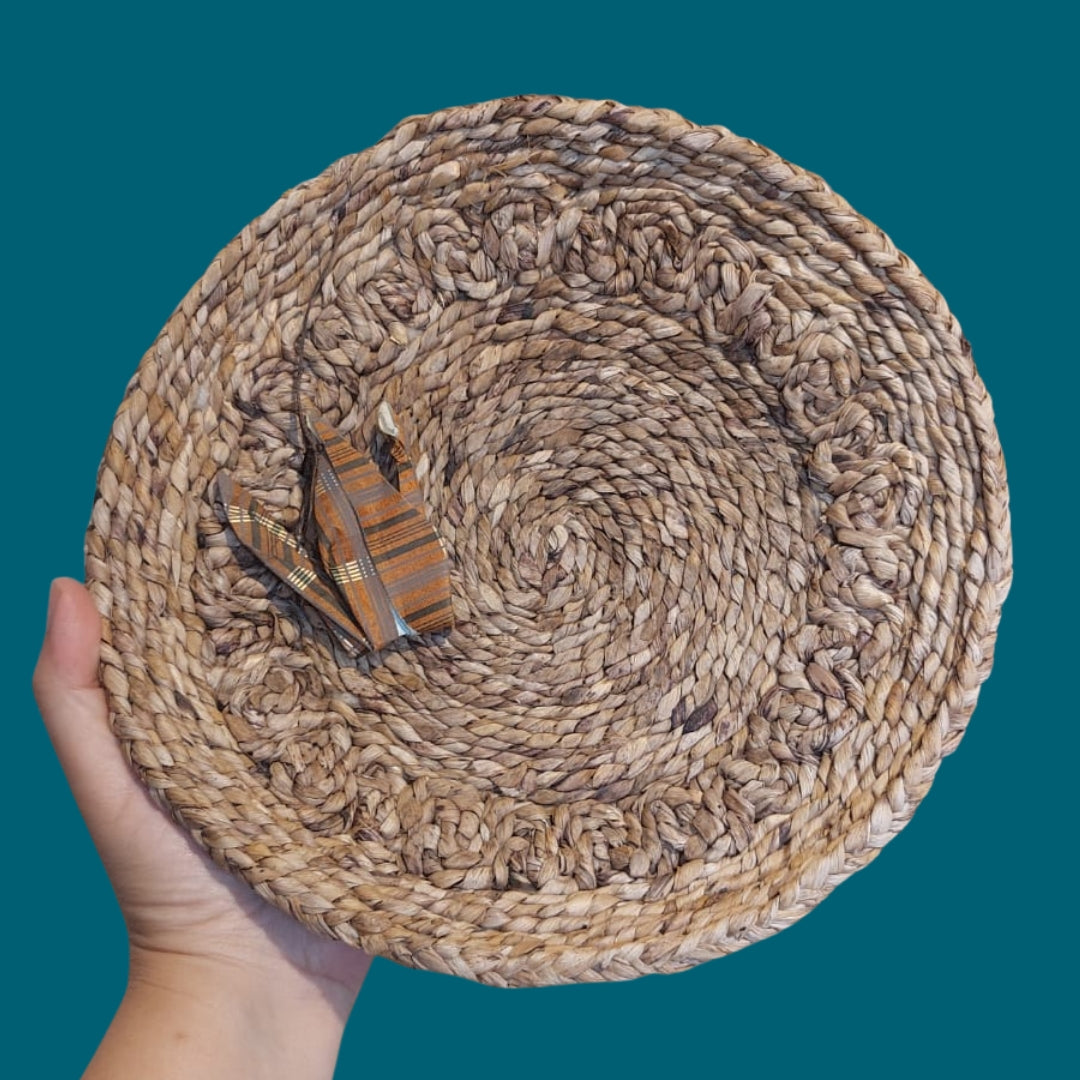
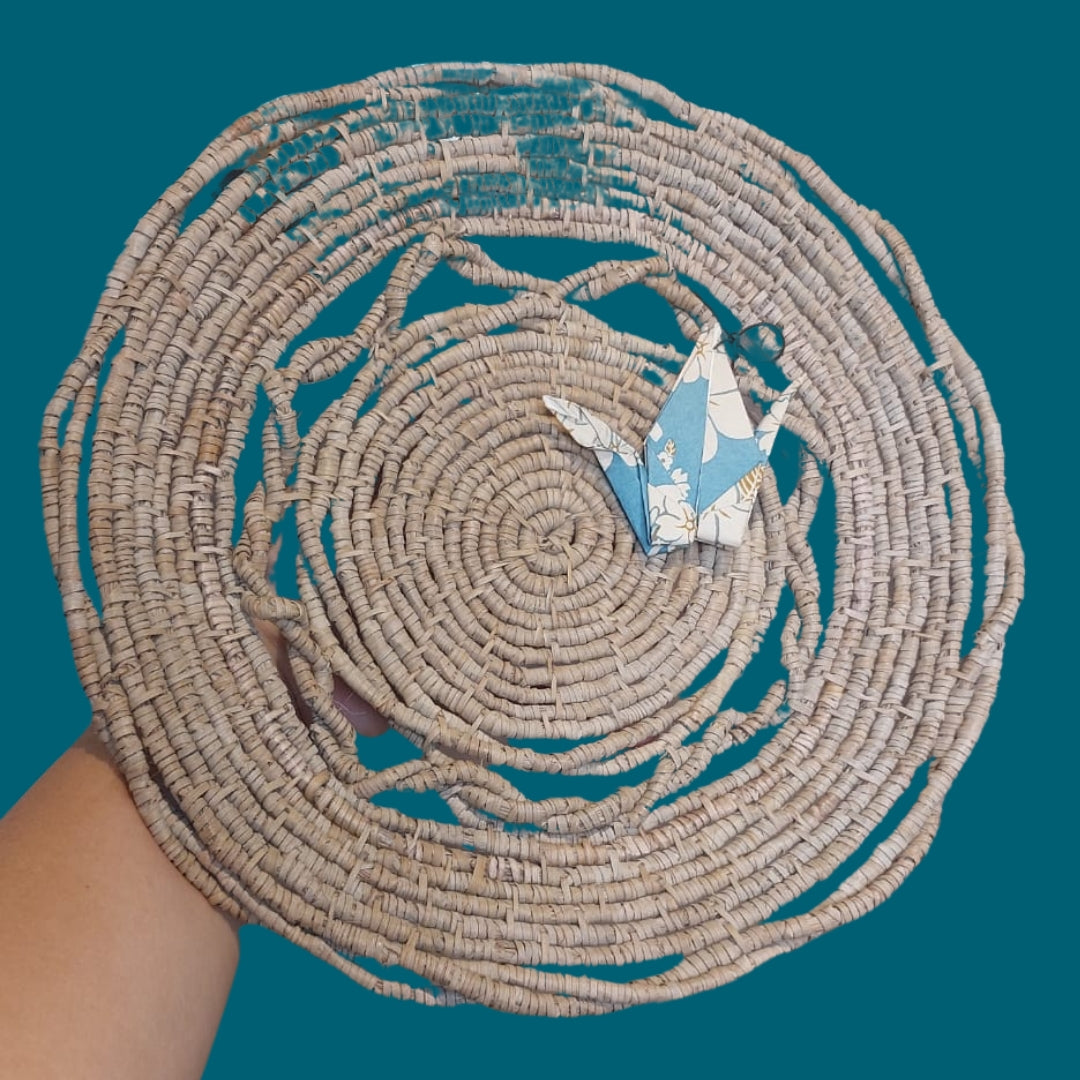
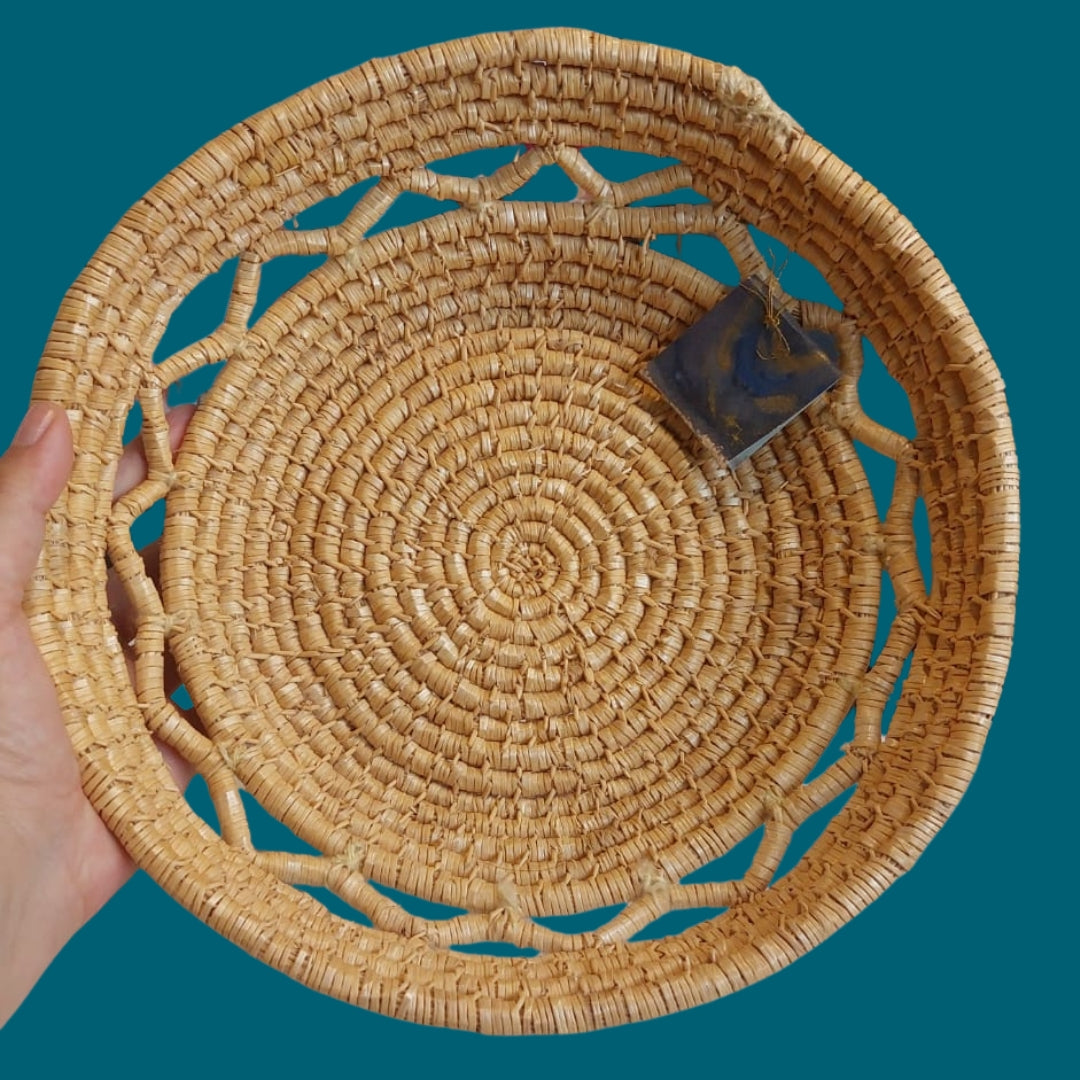
About Marwa Abou Khalil
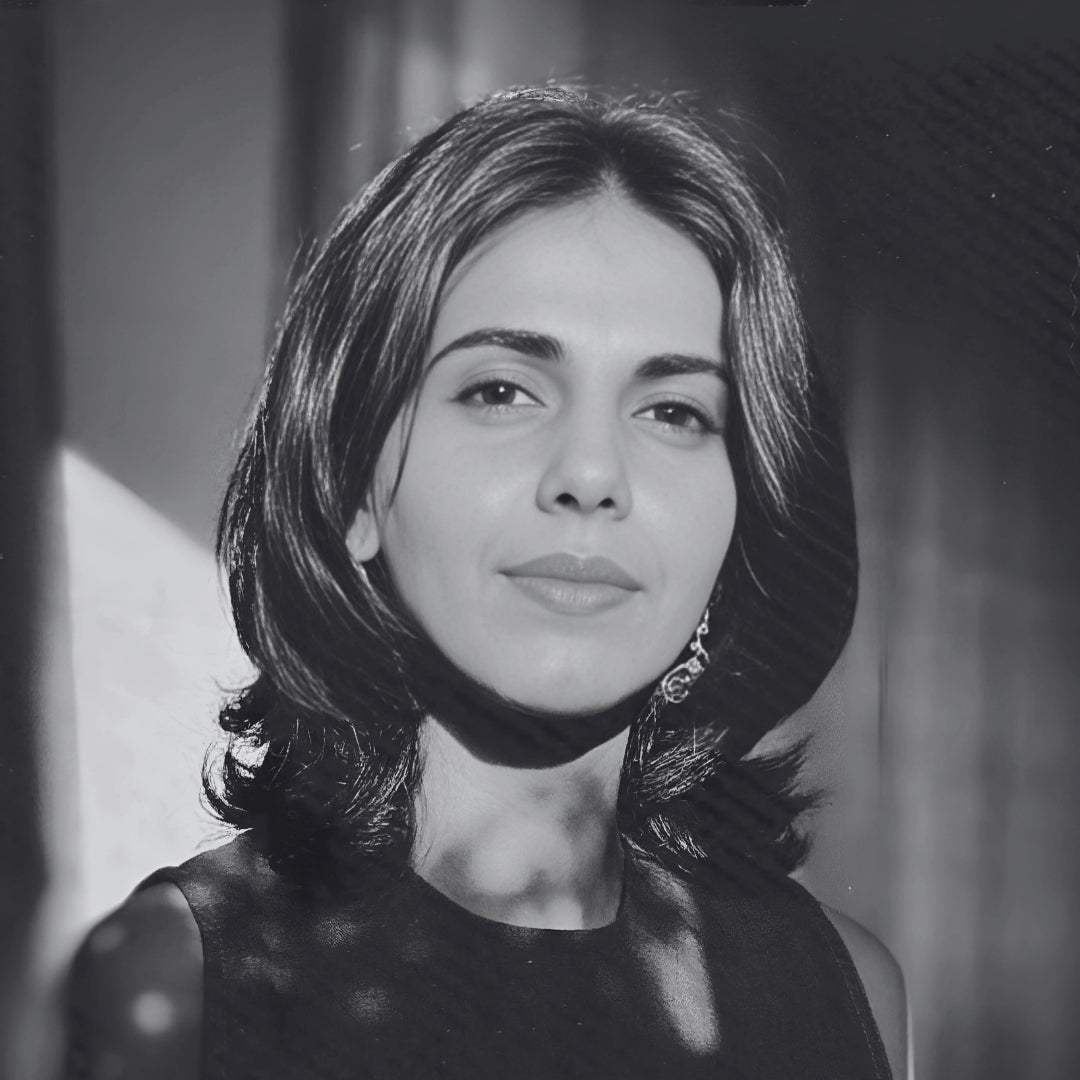
Visual artist with an environmentally conscious approach to crafts and painting, Marwa is a self-taught calligrapher, basket-weaver, and herbalist. She finds pleasure in making things with her own hands and transmitting that experience to others.
Since 2019, Marwa has been working on revitalizing and reclaiming Levantine traditions by finding connections between local crafts and contemporary art. Her recent projects involve revisiting the lost art of miniature painting.

